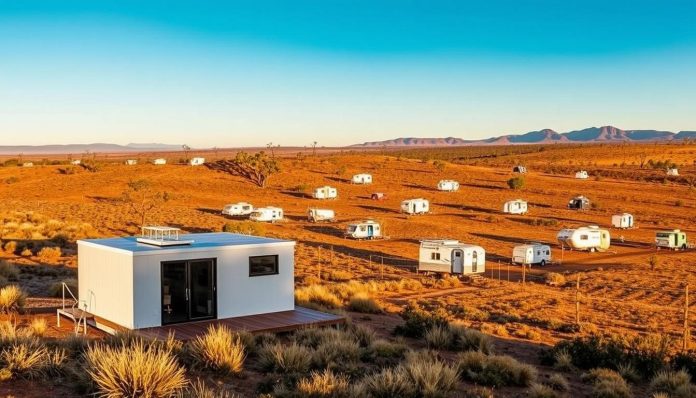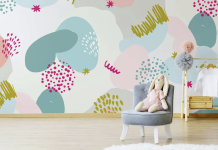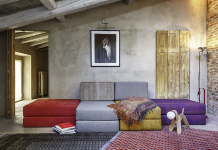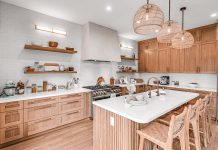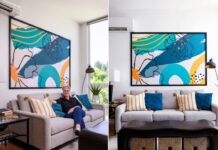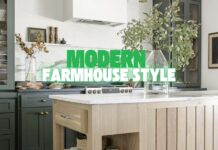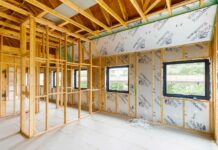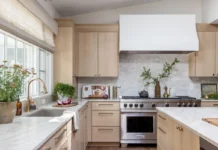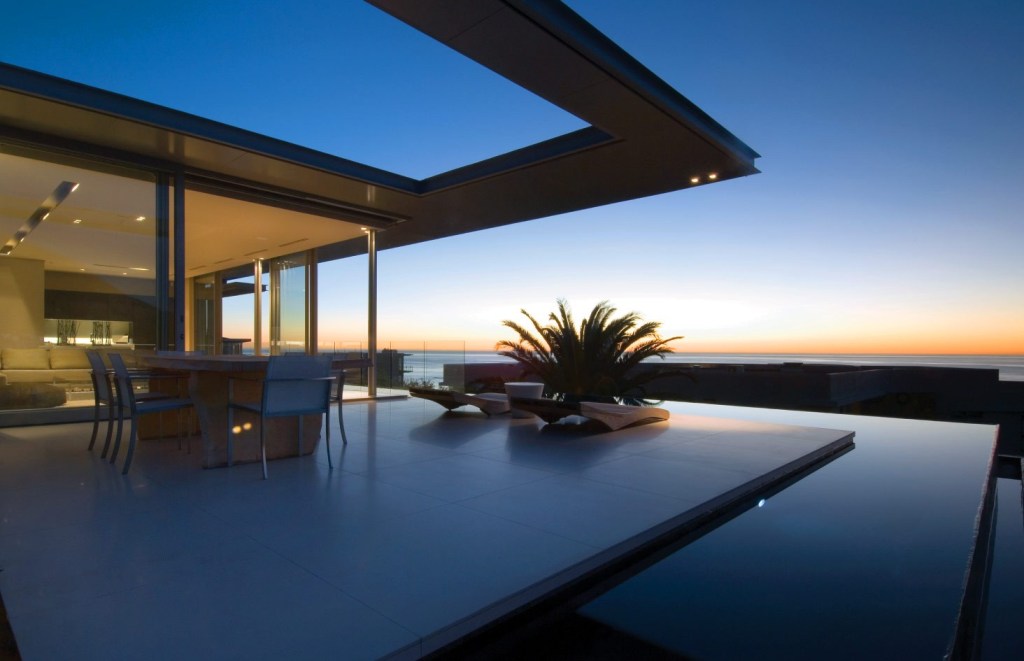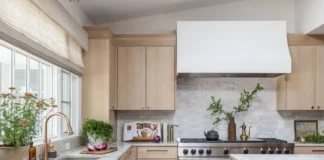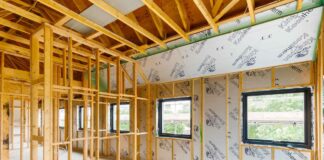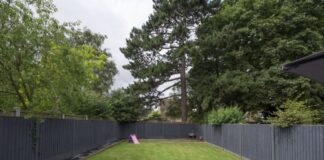Did you know over 17% of Australians are now thinking about transportable homes? This big change shows how modern Australian living is evolving. Flexibility and new ideas are changing what we think of as a home.
Portable homes are changing how we see owning a home. These homes are not just a new option. They give people the chance to make their living space fit their life, no matter where they go.
The charm of transportable homes goes beyond just being easy to move. They offer a fresh way to live, letting people create homes that can travel with them. This could be across town or to a whole new area.
Key Takeaways
- Transportable homes offer unprecedented lifestyle flexibility
- Modern Australian housing is embracing innovative living solutions
- Portable abodes provide cost-effective housing alternatives
- Mobility is becoming a priority for contemporary homeowners
- Design and technology are transforming traditional housing concepts
The Rise of Transportable Homes in Modern Australia
Australia’s housing scene is changing fast with transportable homes becoming more popular. These homes offer flexibility and are more affordable. They are changing how we think about living spaces.
Modular housing is a big change in how we design and live. It’s a smart choice for those wanting homes that can move and adapt.
Economic Benefits of Portable Living
Transportable homes offer big savings for homeowners:
- They cost less to build than traditional homes
- Less money is needed to buy land
- They are built faster
- They need less upkeep
Environmental Impact and Sustainability
Modular homes are leading the way in green living. They use:
- Materials that save energy
- Less waste during construction
- A smaller environmental impact
- Options for solar and green energy
Flexibility in Location Choice
Relocatable homes give homeowners a lot of freedom. Imagine moving your home from the coast to the countryside easily. This changes how we think about owning property.
These homes make it easy to change your lifestyle without the hassle of selling and buying. Whether you want to live by the sea or in the trees, these homes make it simple and affordable.
Innovative Design Solutions in Prefabricated Dwellings
Australian design is changing prefabricated homes in big ways. Kit homes offer flexibility and creativity in building homes. They are a new way to live.
Off-site construction has changed a lot. It now offers amazing design options. Designers are making homes that are good for the planet and look great.
- Modular architectural designs that maximise space efficiency
- Customisable kit homes tailored to individual preferences
- Sustainable materials reducing environmental impact
- Advanced manufacturing techniques ensuring precision
New prefabricated homes come with smart tech and flexible layouts. Architects are making kit homes that can be moved and changed. This meets the needs of different lifestyles.
Design innovation is redefining what’s possible in residential construction.
Australian design mixes local styles with modern building methods. These homes are more than just places to live. They show off a lifestyle that values flexibility, efficiency, and personal style.
Today’s kit homes are amazing feats of engineering. They use light materials, save energy, and have plans that fit many needs. The future of homes in Australia is all about being modular, green, and stylish.
Understanding Mobile Home Units and Modular Housing
Portable living spaces have changed the way we think about homes in Australia. They offer new ways to live, combining flexibility and affordability. Mobile home units and modular housing are at the forefront of this change.
There are many types of relocatable homes to choose from. Each one meets different needs and tastes. Knowing about these options helps people make better choices for their homes.
Types of Relocatable Residences
Manufactured housing in Australia offers a range of choices:
- Single-section mobile home units perfect for compact living
- Multi-section modular housing with expansive design possibilities
- Transportable homes suitable for rural and urban environments
- Prefabricated dwellings with customisabe interior layouts
Building Codes and Regulations
Understanding the laws for mobile home units is important. Each Australian territory has its own rules for manufactured housing. These rules ensure homes are safe and of good quality.
Installation and Site Requirements
Putting up modular housing needs careful planning:
- Appropriate site preparation
- Compliance with local zoning laws
- Proper foundation installation
- Utility connection considerations
Getting a professional to check the site helps mobile home units fit well into the landscape.
Smart Technology Integration in Portable Abodes
Modern portable homes are changing the way we live with new tech. Australian designers are making these homes smart and efficient. They offer comfort and save energy.
Smart home tech is built into these homes. This makes them adapt to your needs. Some key features include:
- Solar power management systems
- Advanced water recycling technologies
- Automated climate control
- Remote monitoring capabilities
These homes use IoT to connect to your phone. You can control things like temperature and lights with an app.
Energy saving is a big deal in these homes. They use solar panels and batteries to cut down on energy use. This means less harm to the environment and lower bills.
Smart technology transforms portable homes from simple shelters into intelligent, responsive living spaces.
Australian makers are at the forefront of portable home tech. They create homes that fit today’s lifestyle. These homes are great for those who care about the planet and love new tech.
Conclusion
Transportable homes are changing the way we live in Australia. They offer flexibility and new ideas in housing. These homes are not just a trend but a smart way to meet today’s living needs.
These homes are making a big difference in how we design our homes. Architects and builders are creating spaces that can change with our lives. They work well in many places, from the coast to inland areas, helping different people find homes.
The future of transportable homes looks bright. They could change how we build cities and towns. They might make our cities greener and more adaptable to our needs.
As technology gets better and our needs change, transportable homes will become even more important. They offer a mix of new design, green living, and flexibility. This makes them a great choice for future homeowners and renters.
FAQ
What exactly are transportable homes?
Transportable homes are built in a factory and can be moved. They offer flexibility in housing options. You can find everything from small mobile homes to large modular homes.
How do transportable homes differ from traditional housing?
Transportable homes are built in a factory, not on-site. They’re cheaper, faster to make, and more flexible. They’re built with less waste and better quality control.
Are transportable homes legal in Australia?
Yes, they’re legal in Australia but must follow building codes. Each state has its own rules. It’s important to check local laws before buying or placing a home.
What are the environmental benefits of transportable homes?
They’re good for the environment. They make less waste, use efficient processes, and can have green tech like solar power. Factory building reduces environmental impact.
How much do transportable homes cost in Australia?
Prices range from $50,000 to $300,000. Costs depend on size, design, and features. They’re often cheaper than building a traditional home.
Can I customise a transportable home?
Yes! You can choose designs, finishes, and even smart home tech. Many manufacturers offer design help to match your style.
How long does it take to construct a transportable home?
It’s much faster than building a traditional home. Modular homes take 6-12 weeks to make. This is because they’re built while the site is prepared.
Are transportable homes suitable for all Australian terrains?
Yes, they can fit many landscapes. But, you need to consider the site and local rules. Some homes are designed for specific challenges.

